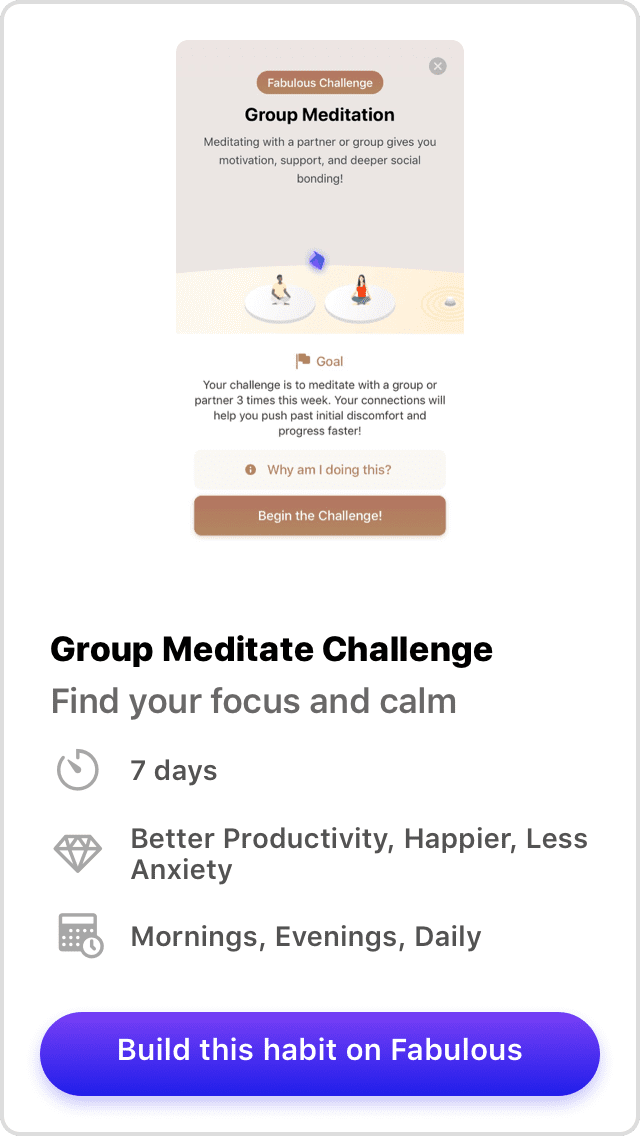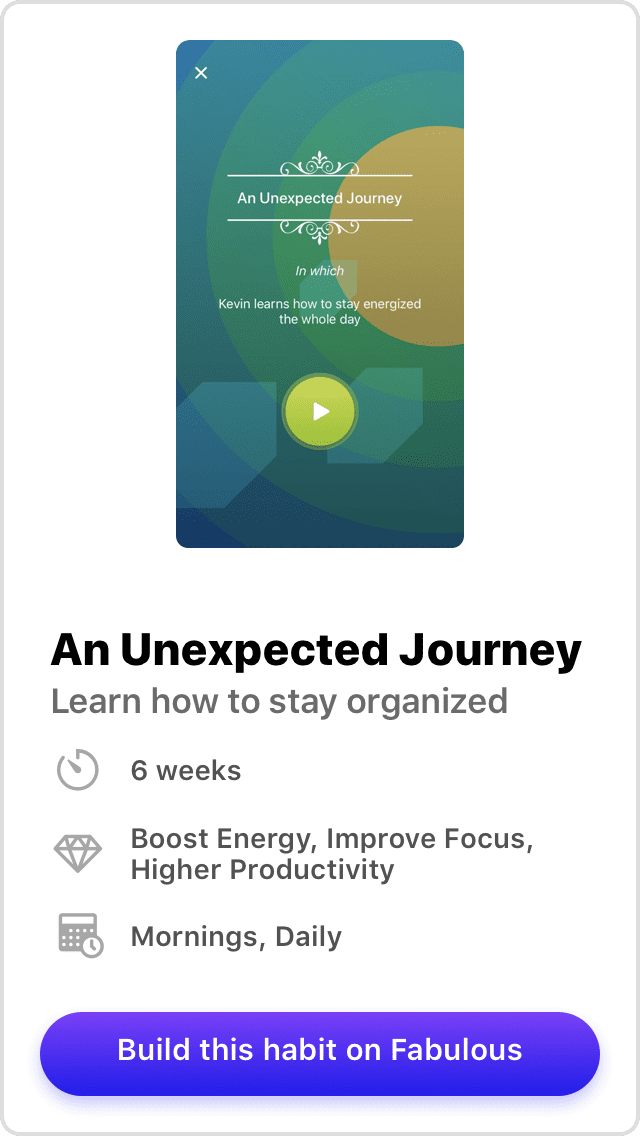What’s your personal guilty pleasure? Do you watch too much TV, overindulge in sweets, or enjoy gossiping at work? Often these sorts of enjoyable vices are talked about in a tongue in cheek way. They can be shrugged off as just our individual peccadillos rather than potentially dangerous mannerisms. But bad habits can stop you from achieving your goals and can even be detrimental to your health and wellbeing. Take for example the deadly habit that plagues almost 38 million Americans: Cigarette smoking. Tobacco is highly addictive, and it can be incredibly difficult to quit smoking despite the negative health implications. But the addictive component is only part of the story. Smokers find it so hard to stop because smoking has become part of their routine and an enjoyable habit.
[the_ad id=”6962″]Understanding Your Habits
Good and bad habits follow the same psychological pattern. You’ll experience a trigger, cue or stimulus, which leads to a pattern of behavior which becomes part of your regular routine, followed by a pleasurable reward. The trigger can be a smell, a time of day, or just a feeling that leads to undesirable behavior or activity.
Habits are repeated behaviors that usually offer you some sort of reward. People rarely continue to exercise repeated habits unless there is something in it for them. That good feeling you get when you practice a bad habit is caused by a release of dopamine.
Researchers at The National Institute of Health are working to understand the relationships between dopamine release and habit-forming behaviors, including drug abuse. Although they state that “our brains are working against us when we try to overcome bad habits” they conclude that it is possible fo r us all to replace bad habits with healthier ones.
Sometimes the reward you receive from a bad habit isn’t immediately obvious and the downsides to a behavior may even seem to outweigh any positive associations. But if you are finding a bad habit hard to shift it’s important to examine what you get in the exchange.
Some smokers, for example, say that they enjoy the taste of tobacco, or that it acts as a stress relief for them. They may enjoy the break a cigarette break allows them or benefit from the social connection of having a smoke with friends. Examining why you indulge a bad habit is the first step in breaking the pattern of behavior, and you can break a bad habit if you use all the tools at your disposal. We’ll show you how, but you can start the change with a 4-minute Overwhelming Force training to get your mind on the right track.
Be Self Reflective
Think carefully about the bad habit that you wish to break. On a piece of paper draw two columns and write down all the benefits that this behavior affords you. On the other side of the table write down all the negative implications of continuing this habit.
For smoking, this could look like this:
Benefits of Smoking:
- I enjoy it
Dangers of Smoking:
- It will kill me
- It’s expensive
- It makes my clothes and hair smell bad
- My family doesn’t like it[/one-half]
Have a Plan
You shouldn’t be denied pleasure in your life. Plans or life changes that work on deprivation inevitably fail. So take a look at the benefits column and think about what other activities could make you feel the same way or offer the same advantages.
Once you know which behaviors you wish to eradicate and how you can experience those good feelings from other sources, you’ll be ready to plan for change. Previous failures are not proof that you will slip again. You can use the knowledge of the barriers you have faced in the past to construct an iron defense against similar challenges in the future. For instance, if you are trying to limit your consumption of sugar and previously failed because you had candy in the house, this time, prepare for success by stocking your cupboards with healthy snacks. Visualize yourself succeeding, you will become what you imagine.
Change Your Environment
Set yourself up for success by ensuring your environment supports your new behaviors and habits and doesn’t unnecessarily tempt you back into your old ways. If you want to commit to reading more books this year, for example, consider moving your TV set out of your bedroom and piling interesting new library lends on your night table. Make sure your home helps to support your new goals rather than derail them. This is why it’s also important to surround yourself with supportive people who will help you to achieve your goals. Try getting a group of friends for a group meditation challenge.
Start Small
If you currently spend more time on the couch than on the treadmill you can’t expect to run a marathon overnight. The most effective changes to your long-term habits are developed slowly over time. Be kind to yourself and accept that you may stumble and fail at times. Consistently meeting smaller, easier goals to achieve will fill you with self-confidence and encourage you to keep going when you face setbacks.
Set Yourself Challenges and Celebrate Your Wins
If you plan to break your bad habits for good be sure to continuously move the goal posts so that your achievements don’t stagnate. Take time to celebrate yourself and enjoy the feeling of accomplishment that comes from committing to new habits and smashing through your personal goals but also keep continuously challenging yourself to meet new targets.
Breaking bad habits can be difficult. Having a plan and a good support system is key and the Fabulous app is ready to help. Try an Unexpected Journey to learn how sprinkling good habits throughout your day can help you combat bad habits in the long run.






